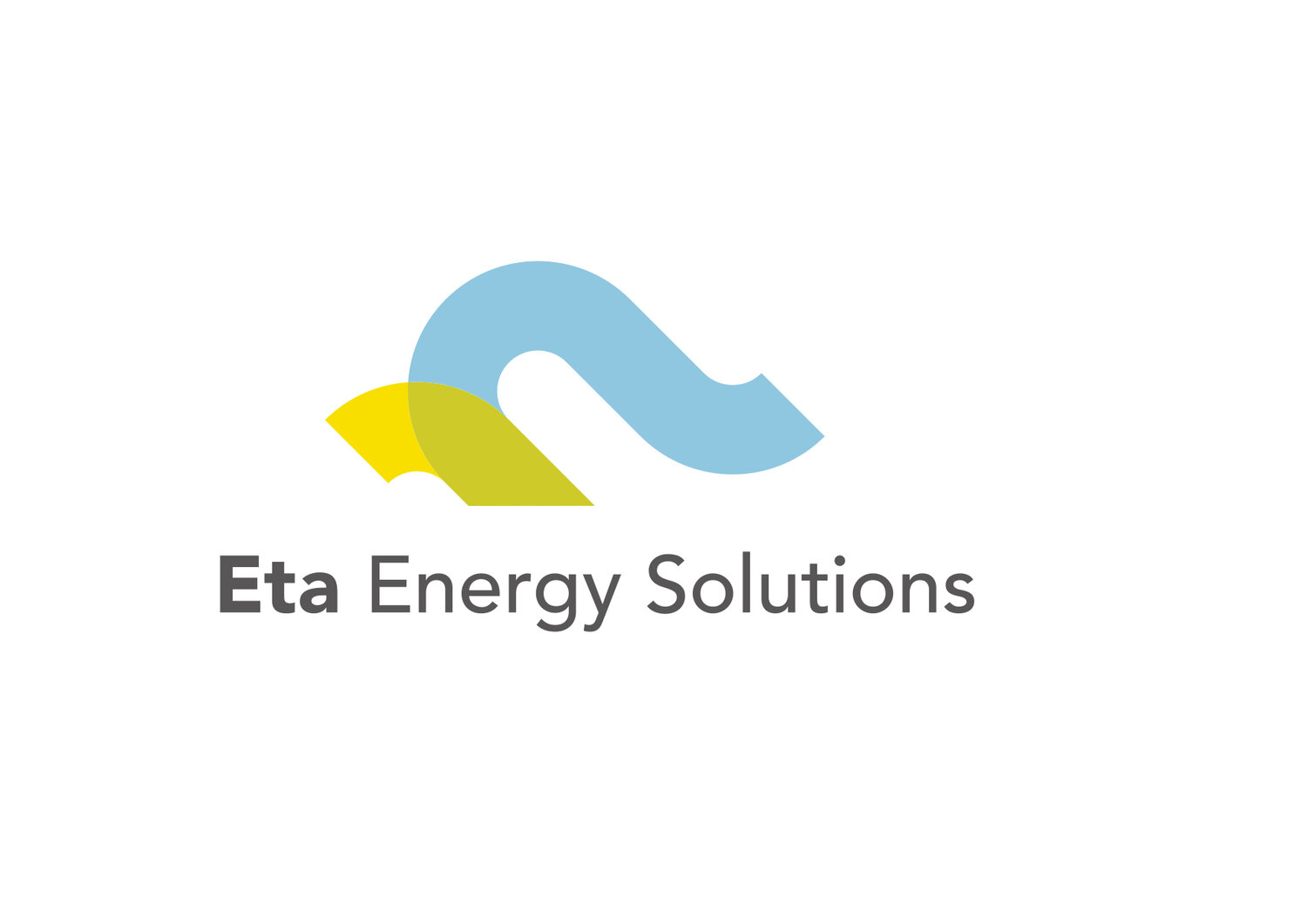How to Handle Excessive Centrifugal Compressor Recycling Part 1
Happy New Year and welcome to 2015! One of the key discussions in the UK oil and gas industry last year centred on “Production Efficiency”. In other words, how engineers and managers in the industry could improve production results to reverse or arrest the current production decline. Some of you who have responsibility for production assets and had been party to production efficiency discussions last year may be starting 2015 with renewed resolutions focusing on improving the production efficiency of the assets you are responsible for. However, when the rubber hits the road, it all comes down to the detail as production efficiency is always impacted by the sum of the reliability of the constituent parts of the asset.
One of such critical constituents is gas compression systems. Gas compression systems are very important in oil, gas and condensate fields. In a lot of oil fields in the North Sea, gas lift using gas compression systems is necessary for oil production. One of the biggest causes of unreliability and inefficiency in gas compression systems is excessive compressor recycling. In this two-part article I aim to address how to handle such compressor recycling problems. Prior to discussing potential solutions to compressor recycling problems, I will first establish some background and also discuss the most common causes of excessive compressor recycling.
Compressor recycling is provided for in centrifugal compressors as mainly a means of protecting the equipment from surge. As such, the anti-surge control line which launches open the anti-surge control or recycle valve is set in close proximity to the predicted surge region of the compressor map, allowing for an adequate margin of safety. This area is a suboptimal part of the compressor performance map and the centrifugal compressors should not be expected to operate there for prolonged periods under normal conditions. However, in some facilities, the reality is that the centrifugal compressors operate perpetually in recycle during steady operation. In some other cases, the operation of the compressor is unstable, floating in and out of recycle consistently. In many of these cases, many attempts by the operating team to resolve the problem have not lead to any sustained success.
CAUSES OF EXCESSIVE RECYCLING OF COMPRESSORS
There can be many reasons (or a combination of reasons) why centrifugal compressors may be forced to operate continuously in recycle and I am not meaning to give an exhaustive list here. However, I thought it would be useful to share some of the more frequently occurring reasons from my experience as an engineering consultant. Each asset is different and the mechanisms by which these reasons cause excessive compressor recycling are usually specific to each facility. The common reasons for excessive compressor recycling (in no particular order) are:
Production Decline: this occurs throughout post-plateau phase of field life but can lead to excessive recycling of compressors towards the end of field life. There is an element of inevitability about this but there are ways to improve and better manage production efficiency at this stage of field life.
Effects of Molecular Weight Changes: significant changes in molecular weight of the processed gas will change the performance envelope (head map) of the centrifugal compressor. For example, unexpected process conditions upstream of the compressor may mean that the expected gas is significantly leaner than the compressor was initially designed for. This will result in the compressor needing to speed up more in order to achieve the required discharge pressures. This is because the effect of the lower molecular weight gas is to shift the compressor head map down. In some cases this results in the compressor operating continuously in recycle towards the top left of the compressor head map
Insufficient Driver Power: this occurs when the compressor is unable to increase its throughput due to insufficient driver power. This can be as a result of one or a combination of several factors such as degradation to the performance of the gas turbine driver, fouling of the process gas compressors, poor initial design/selection of the driver and the process gas compressor.
Inflexible Compressor Design: this tends to occur when extreme cost saving measures are employed in the initial design, engineering and construction of the production facility. This can be to the detriment of operational flexibility when such a facility is subsequently required to undertake more complex operations. For example, in some compression trains, the anti-surge control system is used not just for protection from surge but also to regulate the discharge pressures due to the lack of alternative means for controlling the inter-stage pressures. This can lead to a “clash of control objectives”, where in order to meet your inter-stage pressure requirements you may need to operate continuously in recycle.
Fouling & Performance Degradations: this can cause a loss in the as-installed head or pressure ratio capability of the centrifugal compressor. The result is that the operation will tend to move toward the top left corner of the head map in order to achieve previously achievable discharge pressures. Such excursions, if significant can lead to prolonged operation in recycle.
In the next part of this article, I will highlight the remaining reasons for excessive compressor recycling and focus discussions on how these problems can be resolved and managed.

